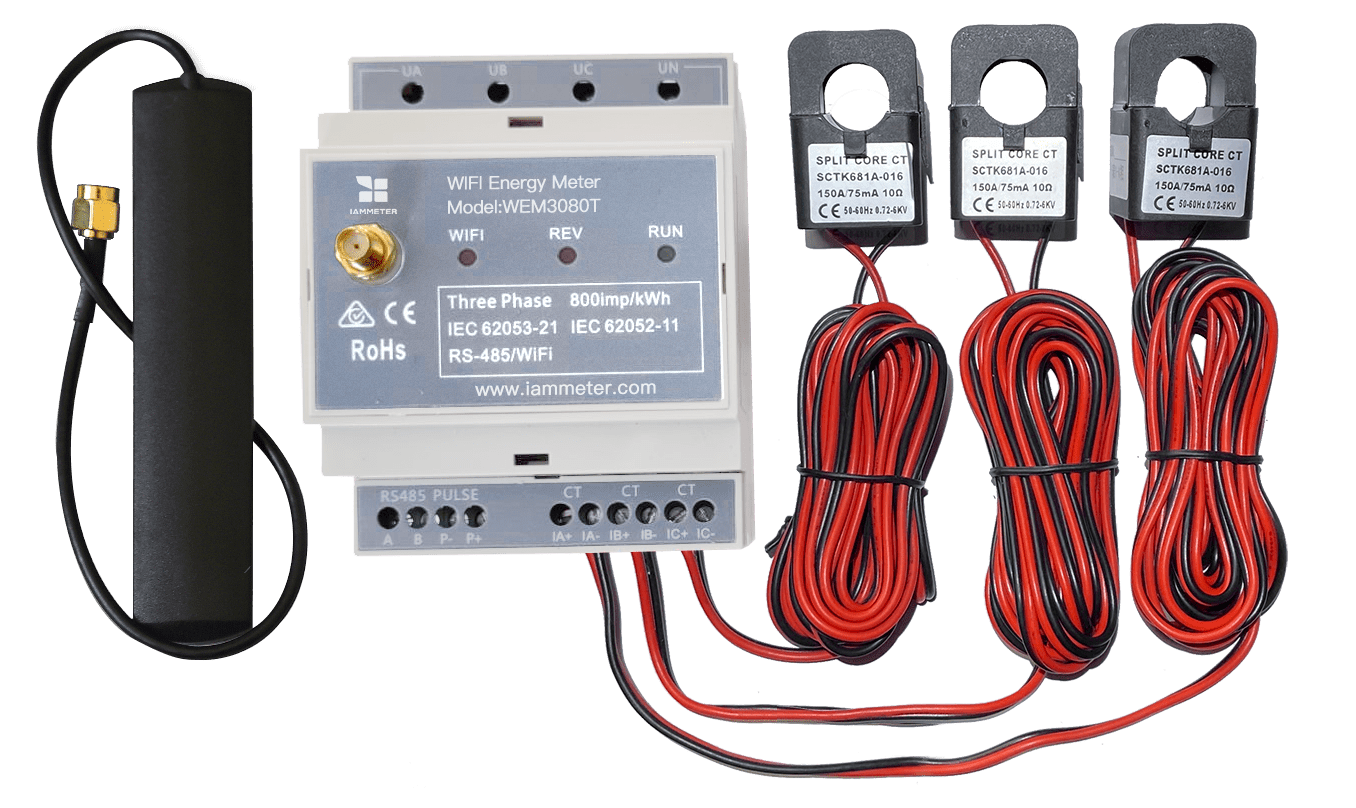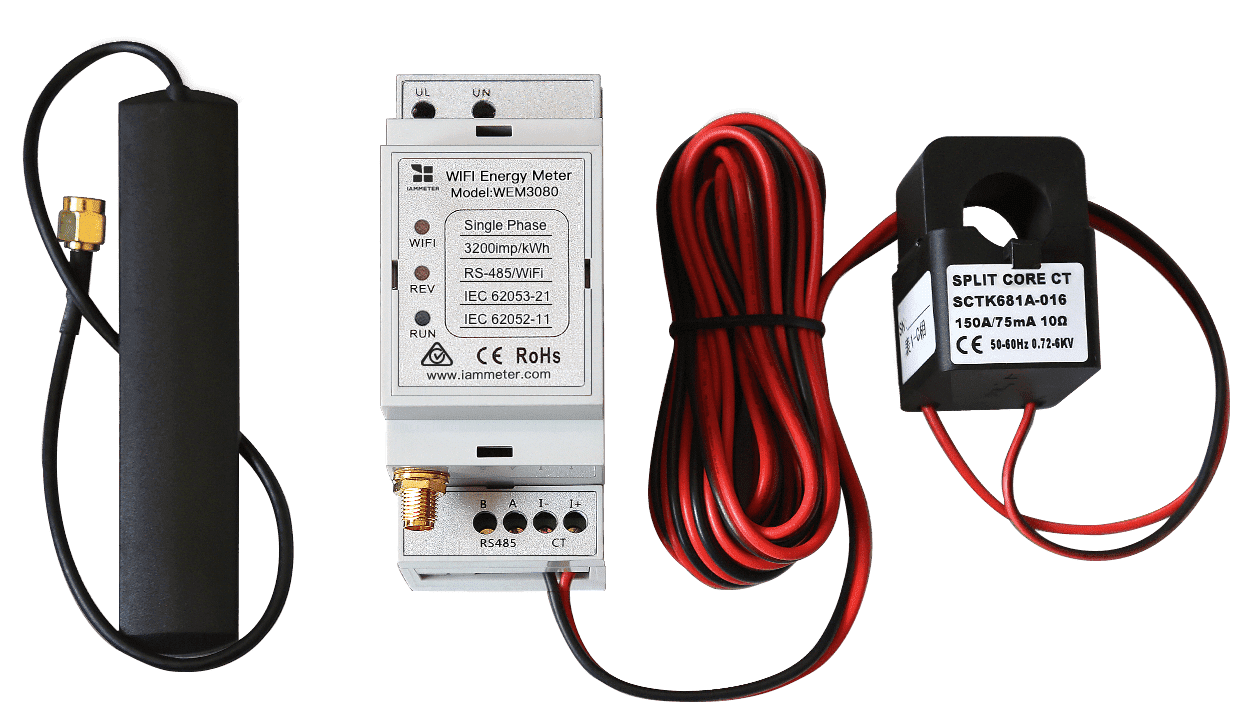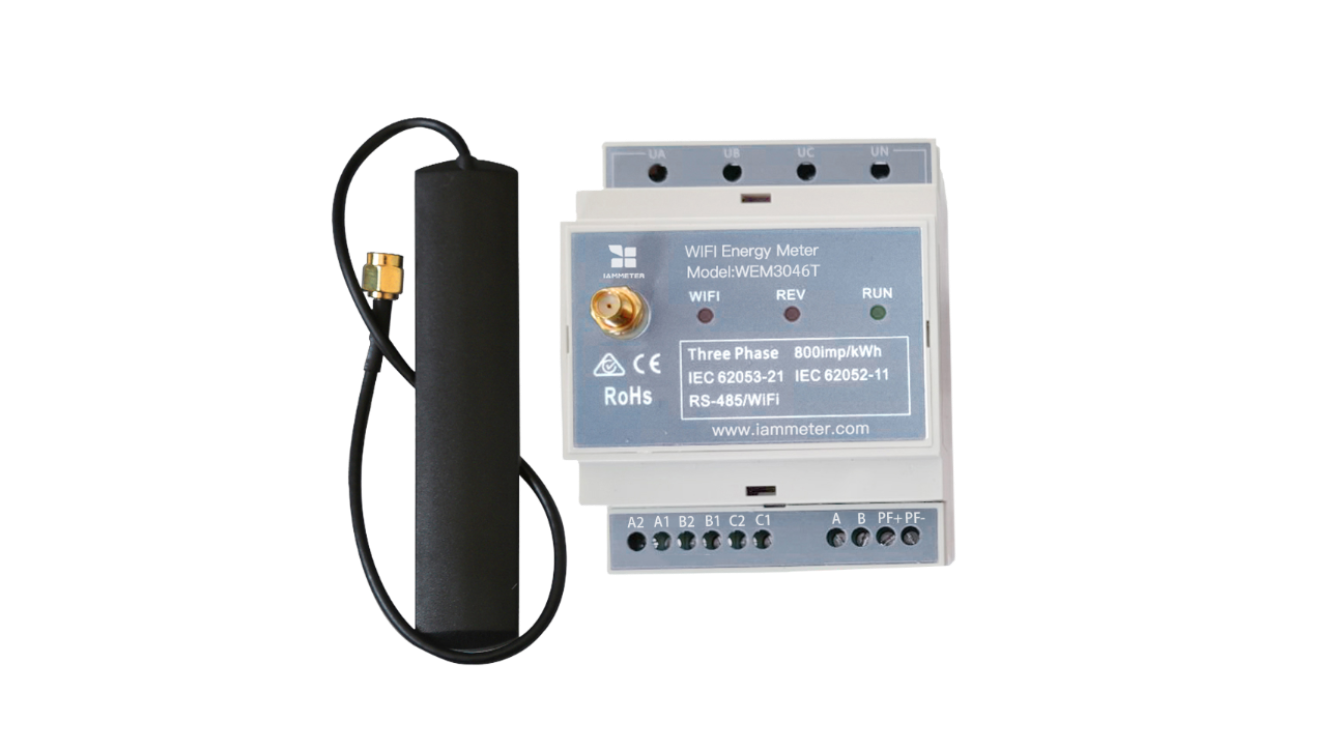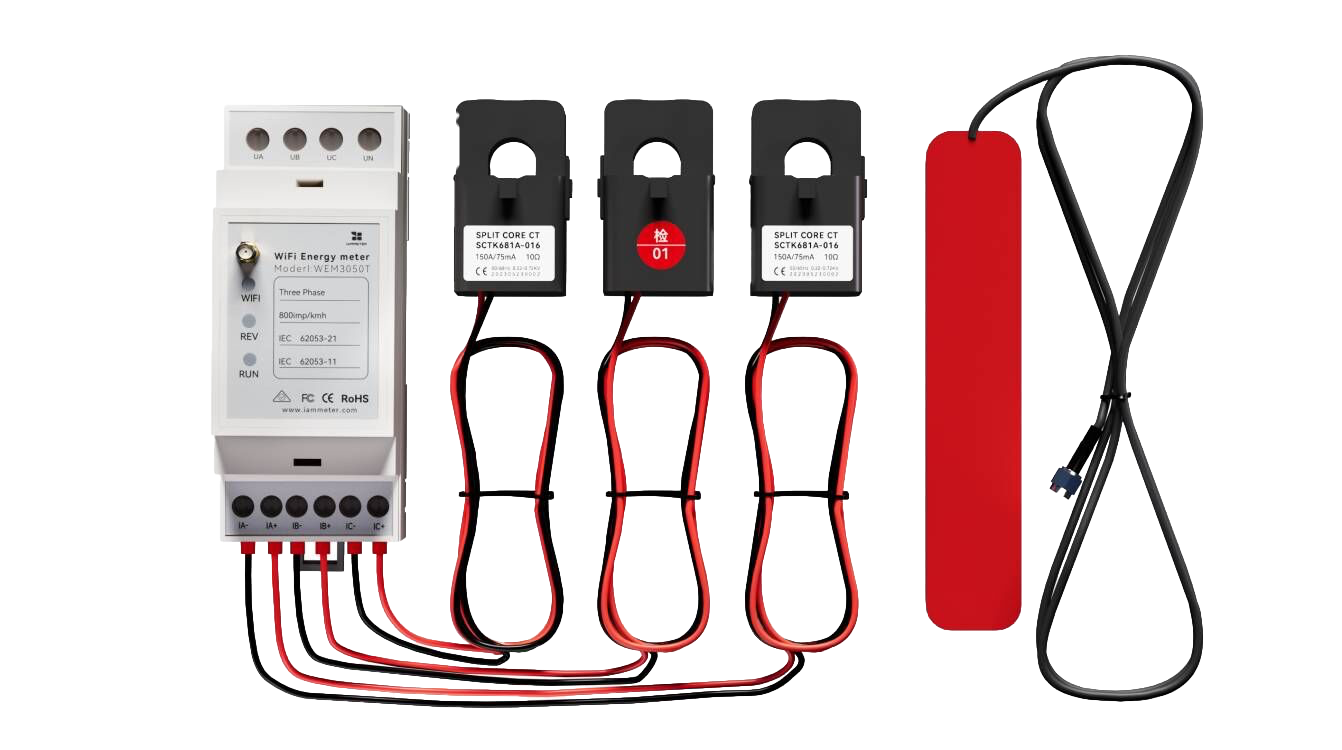The First Customer Feedback-Based Test Report on SCR-485
Conclusion: When the SCR-485 is operating, the feed-in power is nearly zero.
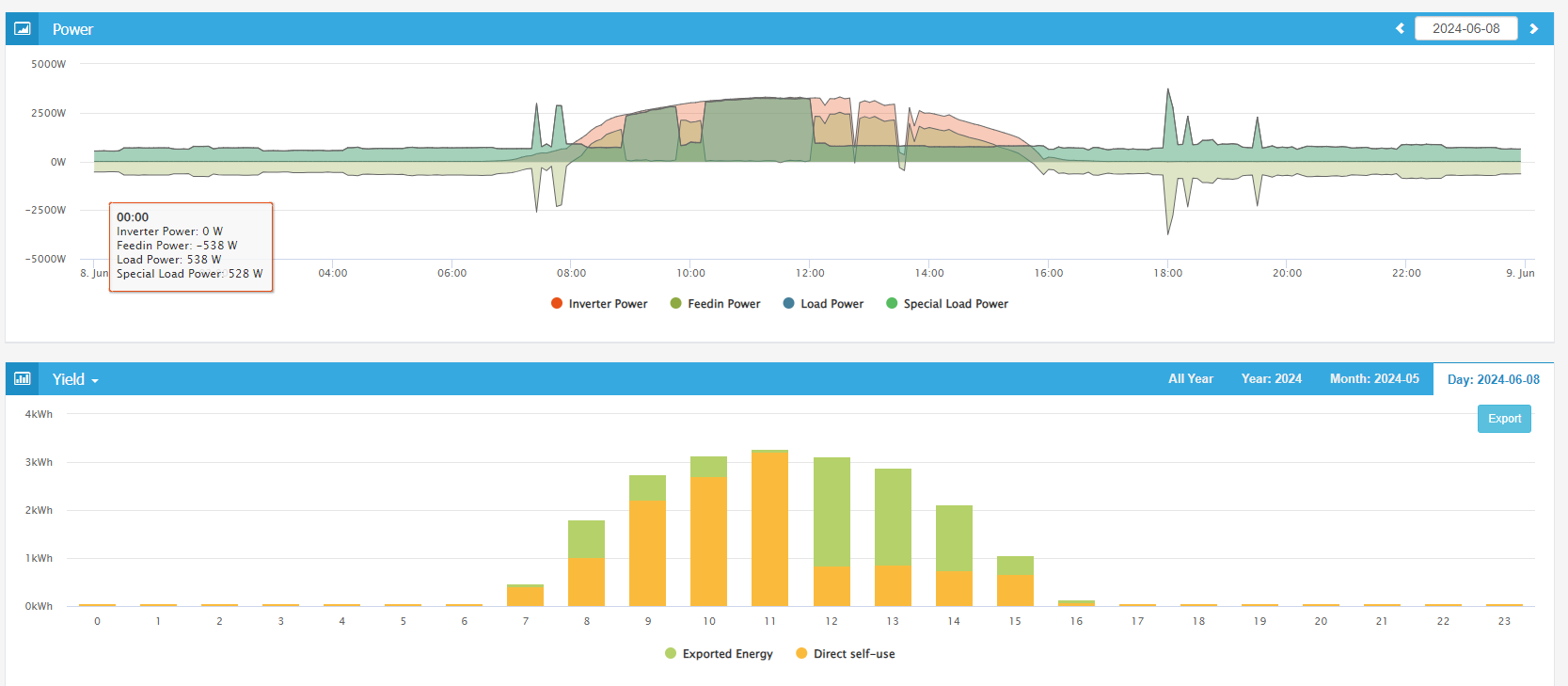
The data screenshots are sourced from the customer's public data, and we will use these data to analyze the actual effects of SCR-485.
Original link: Results from SCR-485
The Customer's Photovoltaic System and Load Situation
The customer uses an SCR-485 controlled resistive load, which is a 3.6 kW heater, as shown below:

| Hardware | Power |
|---|---|
| Photovoltaic inverter | ~3.5 kW |
| Electric water heater | 3.6 kW |
The customer owns a photovoltaic system of about 3.5 kW and a resistive load (electric water heater) of 3.6 kW.
This is the photovoltaic power curve before installing SCR-485, as well as the proportion of exported energy and direct self-use in hourly photovoltaic production.
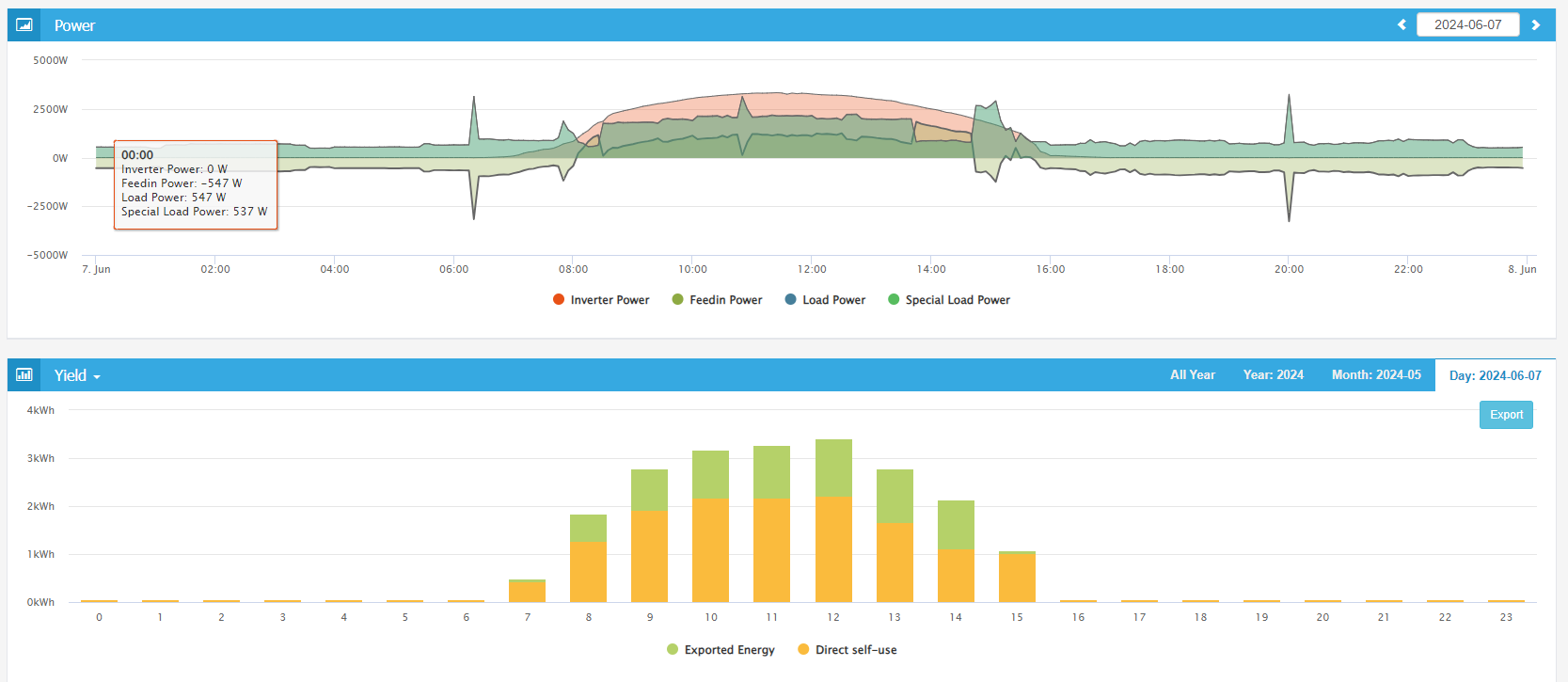
The customer is concerned about the self-consumption rate and provided daily self-consumption rate data before using SCR-485.
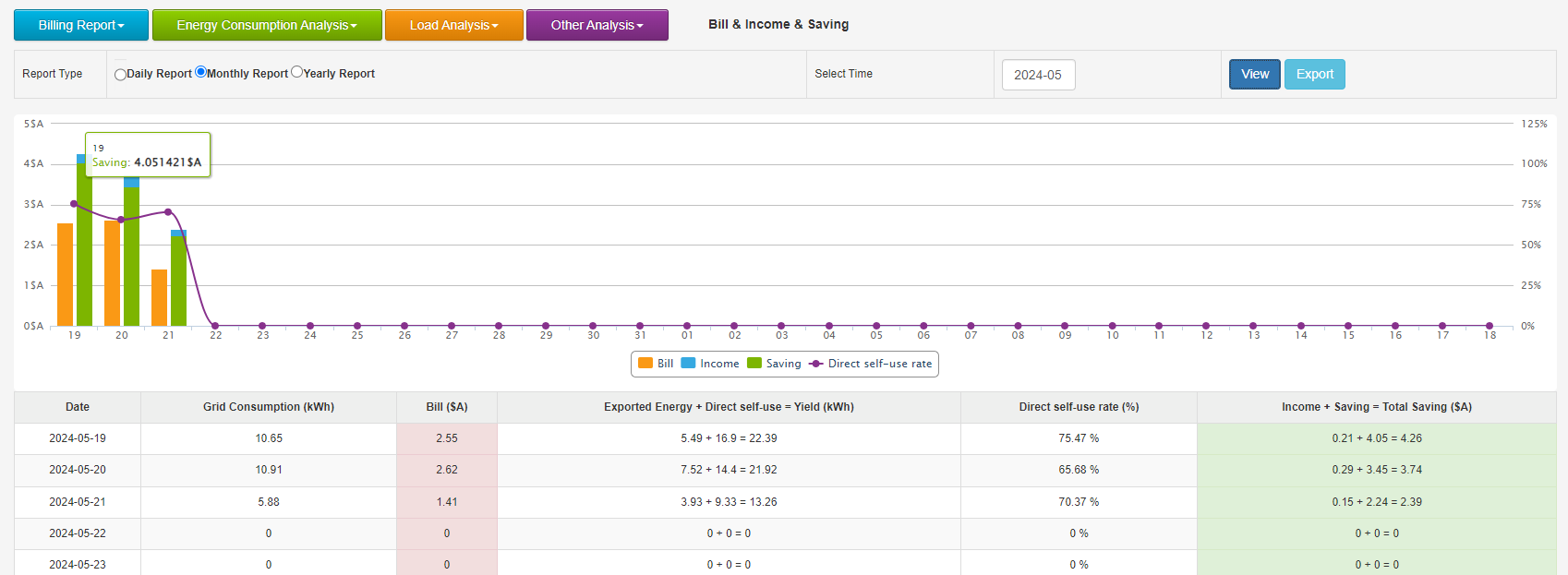
It must be noted that the customer's system had a high self-consumption rate even before using SCR-485, reaching up to 75% at peak times.
A simple analysis from the power curve above shows that the customer made a reasonable choice for their photovoltaic system.
- They did not blindly choose a high-power photovoltaic system. As seen from the comparison of the “inverter power" and “load power” curves in the graph above, the photovoltaic system provided sufficient power for the load during the photovoltaic generation period without generating too much surplus to feed into the grid.
- They reasonably arranged the load switching times. From the “load power" curve in the graph, it can be seen that a load of about 2 kW was started after the photovoltaic began generating, consuming a large part of the photovoltaic energy.
Changes After Introducing SCR-485
Below are the power curves for two days after introducing SCR-485.
Original link: Results from SCR-485
From the graph below, it is clear that:
- SCR-485 essentially “squeezed” all the electricity generated by the photovoltaic during its operation, with “load power” remaining close to “inverter power,” making “feed-in power” nearly zero. As can be seen, the self-consumption rate by 11 AM had already approached 100%.
- Since the water in the boiler was boiled in the morning, the heater did not need to work in the afternoon, hence the load power in the afternoon was lower than when not using SCR-485, resulting in more excess power being fed into the grid.

From the graph below, it can be seen that all the photovoltaic electricity was basically “squeezed out” before 11 AM. As the heater stopped working, the self-consumption rate dropped (11 AM - 12 PM). Then in the afternoon, there was a slight reheating during two periods , which led to a slight increase in self-consumption rate.
The graph shows a clear period “8”, where a significant amount of electricity was used outside the photovoltaic generation period. After confirming with the customer, it was due to the energy consumed by the heater. In other words, the heater operated for about an hour when the photovoltaic was not working, consuming approximately 2 kWh of grid electricity.
In response to this phenomenon , we upgraded the SCR-485 to add a Restore Power parameter.
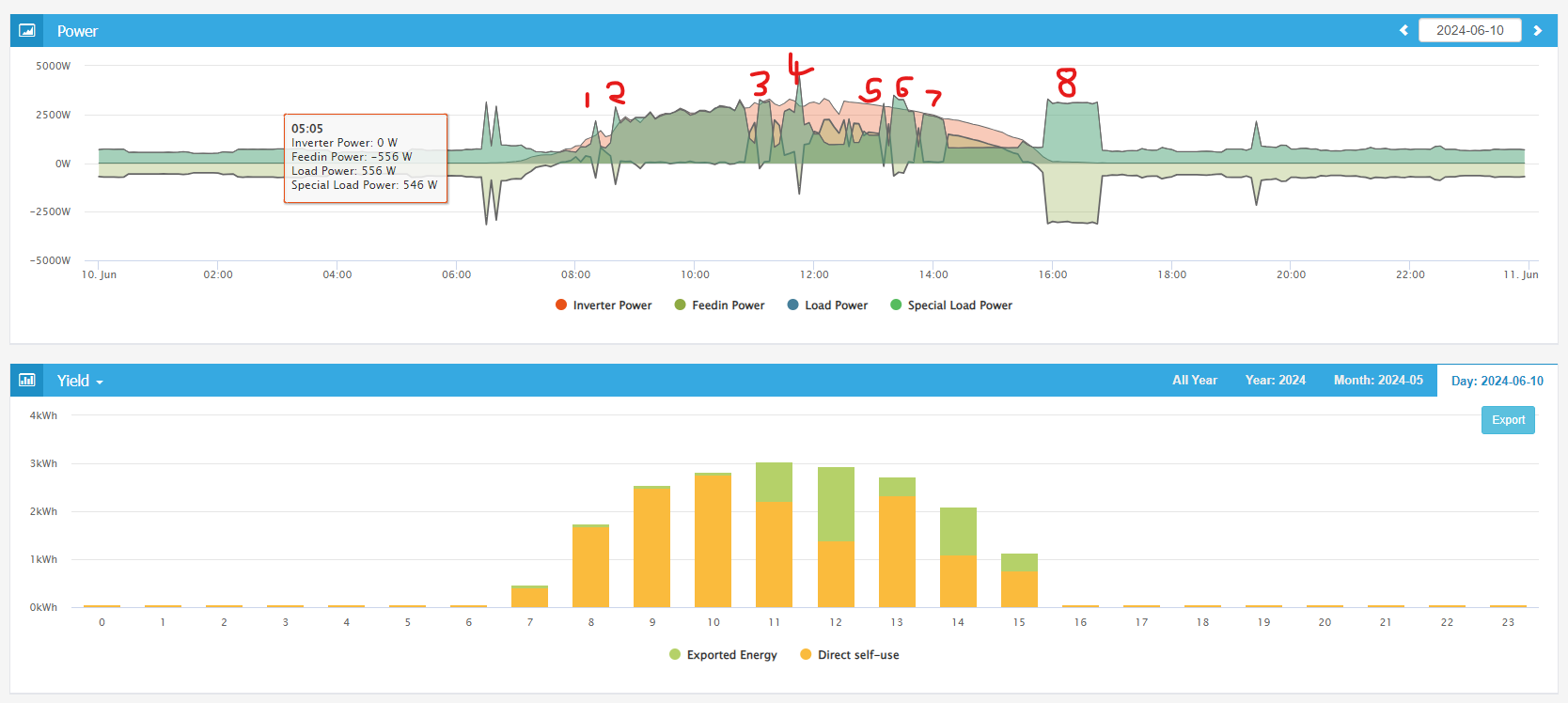
Restore Power in the latest YAML of SCR-485
Latest version of the YAML for SCR-485
Restore power: the maximum power when the SCR-485 leaves the auto period, if it is set to zero, that means the heater will not work when it is not in the auto period
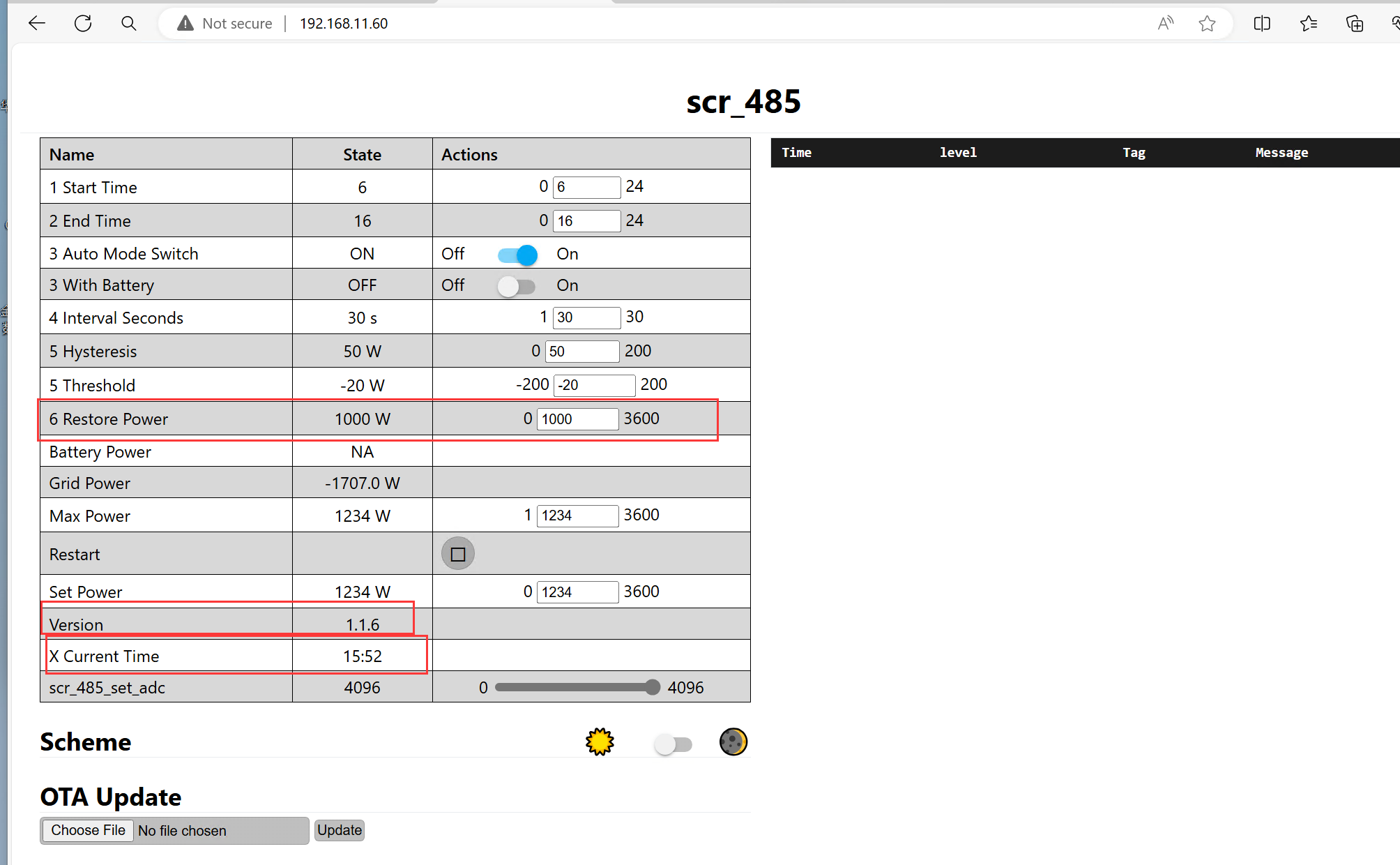
Previously, when SCR-485 enabled the “auto mode switch” and was outside the automatic period (start time - stop time), it restored "set power" to “Max Power,” effectively bypassing SCR-485’s power control over the heater. Control of the heater was completely returned to the thermostat.
After the upgrade, the Restore Power parameter was introduced, which is the set power value when the device is outside the automatic period. If you do not want the heater to operate outside the automatic period, you can set the restore power to zero. This will prevent the heater from heating water outside the automatic period (maximizing savings on the bill but may affect the availability of hot water).
Based on the results of this experiment, it's advisable to shower earlier, before noon. This allows the surplus solar energy to reheat the water in the afternoon, eliminating the need for additional grid consumption.
The Activity is Still Ongoing
The activity to test SCR-485 with $100 USD is still ongoing, and you are welcome to participate. See the link below for details.
Activities - Apply for the Linear Power Controller (SCR-485)
Reference
Quickstart manual for SCR-485, step by step tutorial
Activities - Apply for the Linear Power Controller (SCR-485)
ESP32 + SCR module: Linearly adjust the power output of resistive loads, such as heaters
Acknowledgements: We are grateful to "Dan" for providing a detailed SCR-485 test report and suggestions for upgrades. We deeply appreciate it.




